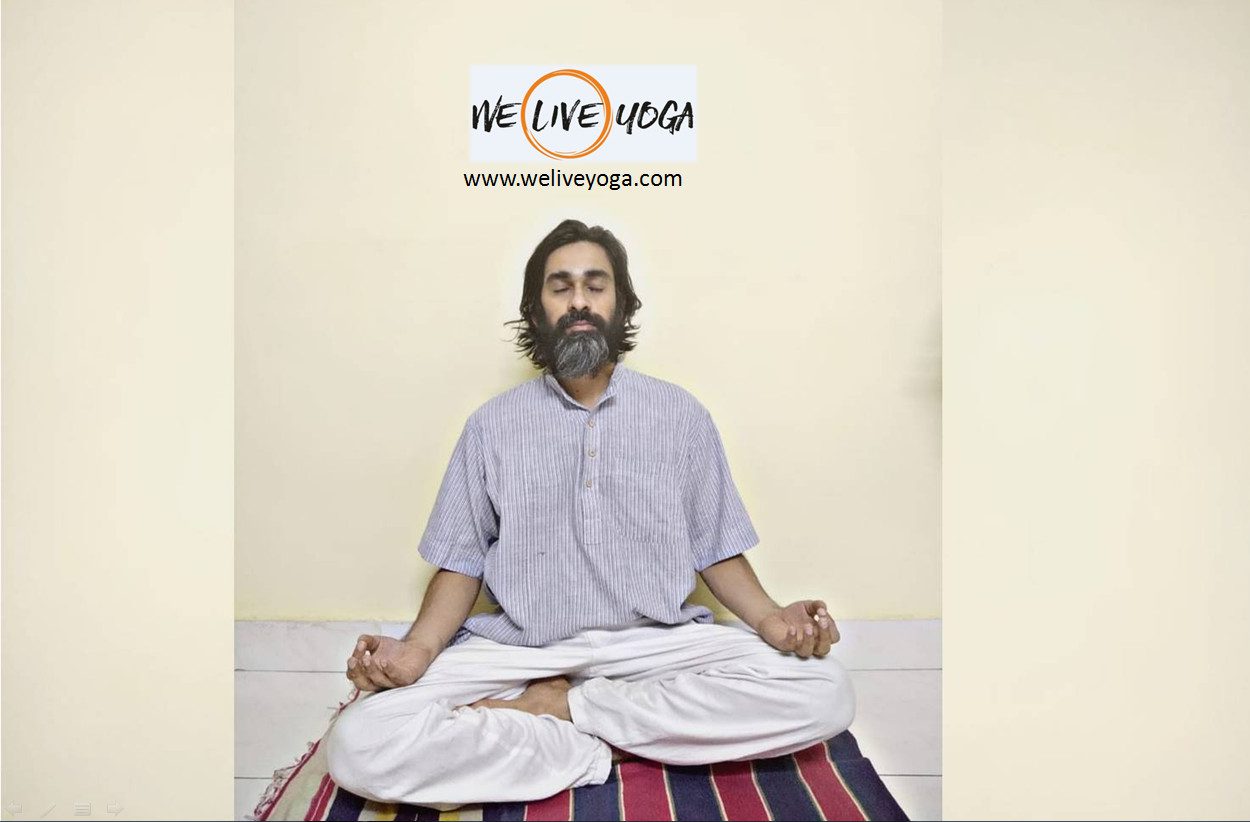This is the 3rd of our series on breathing, after watching the breath and equal breathing.
Since the last few years, there have been some words prominently doing the rounds – mindfulness, transcendental, etc. Probably they are words to make simple practices sound more interesting, including repackaging ancient Indian practices, among others to appeal to a larger group.
Though some have been an integral part of the traditional Indian culture, owing to the rapidly changing lifestyle, people have moved away from it. But then, somewhere down the line, the search for spiritual upliftment brings back people on the earlier track, allowing the mind to focus again so as to lead a better life.
Yoga as therapy?
Yoga is one of the practices to help bring discipline to one’s life. Unfortunately, today, yoga has just been seen as a physical exercise and a therapy for ailments. We get so many people coming to us with disorders like abnormal blood pressure, blood sugar/thyroid levels, etc., seeking help to get better through yoga.
Actually, yoga is supposed to be practiced by one who is mentally and physically fit. The yoga sutras of Maharishi Patanjali mention obstacles to yoga which include physical and mental illness, including diseases, laziness, lack of interest, or even doubt.
The yoga sutras are a beautiful set of principles that act as a complete guide to better living. But, in the era of shortcuts and demand for quick results, many of us end up missing out on this completely.
Yoga – beyond stretching
Yoga is beyond just asanas as exercises and pranayama as breathing practices. But that is hardly touched upon. Often, even we, as teachers, focus only on these two aspects as people can spare a maximum of an hour for wellness and wish to do some stretches. Well, whatever works for them, to begin with!
Slowly we induce them to meditative practices and keep feeding some theory, positive thoughts, and practices to bring a meaningful change in life.
Coming back to our breath! See? The breath is the best instrument to bring us back to the present. We can use it effectively to keep the mind away from the past and the future. This tool remains with us until we need it. Once it’s not with us, we anyways do not need it!
So, now we shall take the breath a step further from what we learned the last time.
Longer exhalation:
Read the instructions first and then practice.
How to perform the exercise?
- Sit in any comfortable posture, either on the floor or on a chair.
- Set a timer for 3-4 minutes
- Keep the back straight and chin parallel to the ground, so there’s no obstruction to the breath.
- Focus your attention on the breath
- Now, pushing your abdomen out, expanding the chest, as if you are filling in the air into the stomach, lungs as well as the shoulders, take a long complete breath, inhale – mentally count 1— 2 —
- As if letting a balloon deflate in a controlled way, let the air out of the lungs slowly, mentally counting 1–2–3–4–
- Inhale one…two…exhale one…two…three…four…
- Continue this cycle 1— 2— exhale 1—2—3—4—
- Once the timer goes off, stop the counts and let the breath come back to normal.
- Observe the mind for any hustle-bustle or just some calmness
What will you gain?
- Long term effects of this is- one turns wise (not joking!).
- Longer exhalation has a good impact on the nervous system. It helps slow down the heart rate, eases blood pressure, and relaxes the muscles. (The stimulated parasympathetic system at work!)
- It helps let out the carbon dioxide from the lungs to a greater extent, letting you bring in fresh oxygen with the following inhalation.
- Calms down the body and the mind with frequent practice.
- When the body and mind is calm, you have a greater chance of making the right decisions. Congratulations – you are one step towards getting wiser!
When you can and can’t do it?
You may do this several times in the day for 3-5 minutes. While this simple exercise can be done any time, you may find it difficult to do it immediately after consuming your meals or heavy snacks.
It works beautifully when done just before bedtime. We have meditation sessions for sleeping well, where just this practice for 5-7 minutes has helped even insomniacs sleep like a baby.
Do this during work breaks or take a break at work just to do this; it will increase your productivity.
As we continue to get wisdom from our scriptures and ancestors, let us take a minute to express gratitude to all that has been passed down to us to help us grow.
Live life, live yoga, and wish you a very Happy International Yoga Day!
Anand Ramaswamy, Founder We Live Yoga – Join the Movement. Connect with him on info@weliveyoga.com



